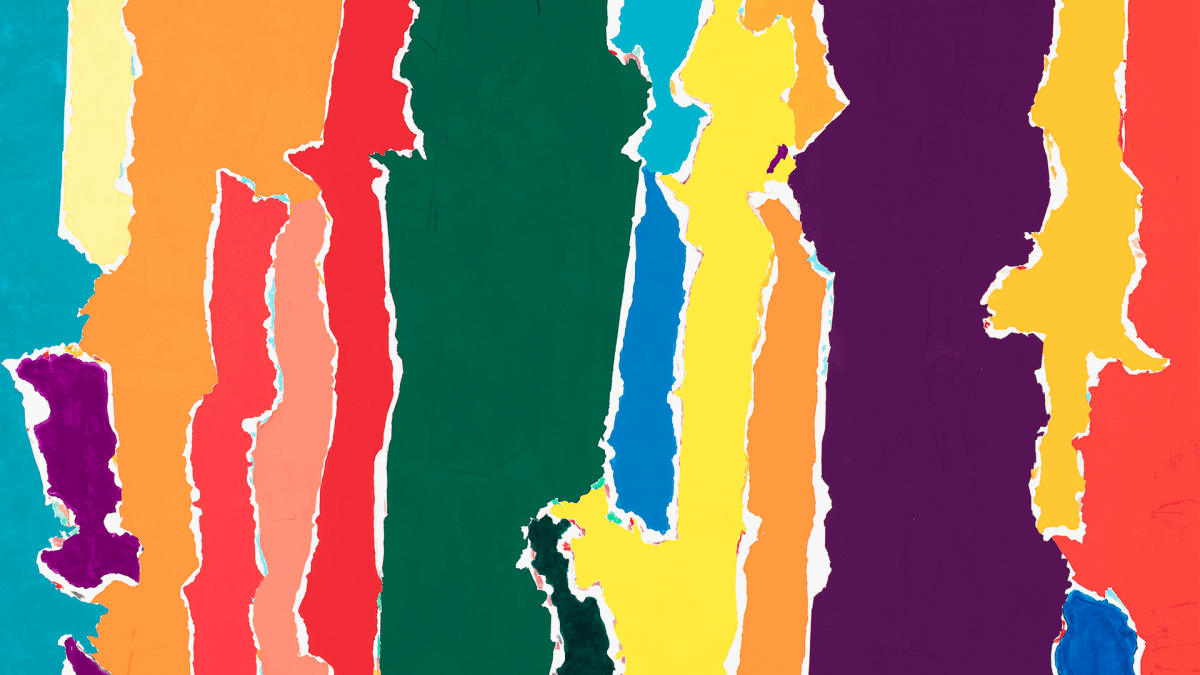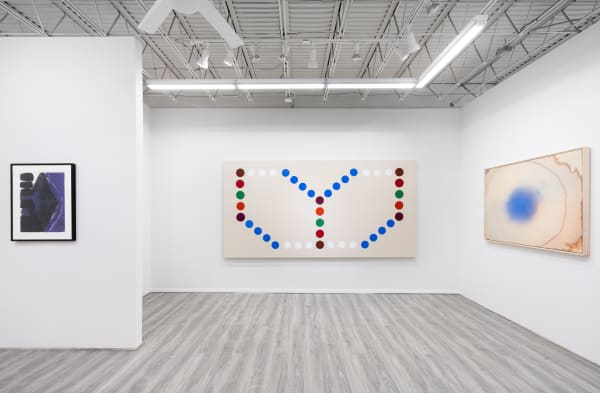Vivian Springford American, 1913-2003
Vivian Springford is acclaimed for her eclectic abstract works, ranging from calligraphic gestures brimming with vitality to kaleidoscopic, chromatic poolings of color. With a recorded interest in Asian philosophy, Springford was heavily influenced by Taoism and Confucianism as well as East Asian calligraphy: she was particularly drawn to the fleeting moment of creation, translating the act of free motion into her practice. She first developed her works through the critique of Abstract Expressionism, emphasizing raw, intuitive gestures, but gradually evolved her craft through more deliberate acts of mark-making. Her rhythmic aesthetic decisions evoke organic, geographical structures—bleeding between pastel hues of pink, orange, lavender, and mint—that capture a sense of movement, memory, and the output of energy. Springford’s large-scale works culminate as an explosive, rhythmic outpour, a testament to the entropic workings of the universe.
Vivian Springford (b. 1913, Milwaukee, WI; d. 2003) began her academic career by attending the Arts Student League in New York, NY, studying under Robert Brackman and Jon Corbino. Springford has exhibited throughout the United States, recently serving as the subject of a solo exhibition, Vivian Springford, at Almine Rech Gallery in New York, NY. She has additionally been showcased at the Great Jones Gallery in New York, NY, the Preston Gallery in New York, NY, the Brooklyn Museum, Brooklyn, NY, and Gary Snyder Fine Art in New York, NY, among others.
Following her passing in 2003, her works withheld in the permanent collections of numerous private and public institutions, including the Guggenheim, New York, NY, and the Museum of Fine Arts, Boston, MA.





